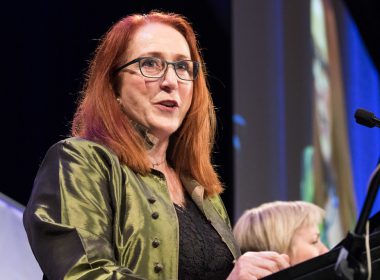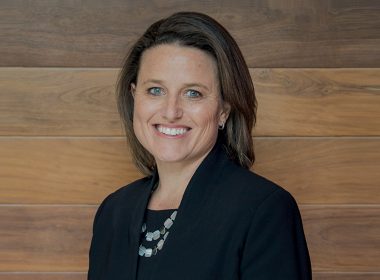Top-tier Australian firms are setting increasingly ambitious targets for diversity in their partnership and senior management levels.
In September, Big Six firm Ashurst announced it would commit to a 40-40-20 diversity target, seeking to achieve 40 per cent women, 40 per cent men, and 20 per cent flexible (women, men or non-binary persons) representation at partnership and senior business services leader level. This follows the lead of other mid-tier firms like Baker McKenzie and Norton Rose Fulbright, which have committed to the same 40-40-20 goal, and is part of a new trend to include flexible working lawyers as a percentage target in partnership.
According to The Australian Financial Review Law Partnership Survey 2021 results, other mid-tier firms have already outpaced these targets, including Lander & Rogers (which has 45 per cent female partners), Cooper Grace Ward (41 per cent), Moray & Agnew (40 per cent) and Russell Kennedy Lawyers (40 per cent).
Ashurst hopes to achieve the 40-40-20 target by 2026. Global Managing Partner Paul Jenkins said gender targets had helped the firm to significantly improve the gender balance of promotions since they were introduced at the firm in 2018. In three years, female partnership promotions increased from 58 per cent to 78 per cent, the proportion of females in legal leadership roles grew from 23 to 30 per cent, and 50 per cent of the executive team were now female.
Other top-tiers have set similar targets with slight tweaks. King & Wood Mallesons is aiming for 40 per cent female partners in Australia by 2025, with no target on flexible workers. MinterEllison has also announced it is working towards a 40-40-20 gender target by 2025, however it defines the 20 per cent as “any gender” rather than flexible.
Clayton Utz and Allens are aiming for 35 per cent female partners by 2022. Freehills is hoping to reach 35 per cent women in partnership and leadership roles by 2023.




